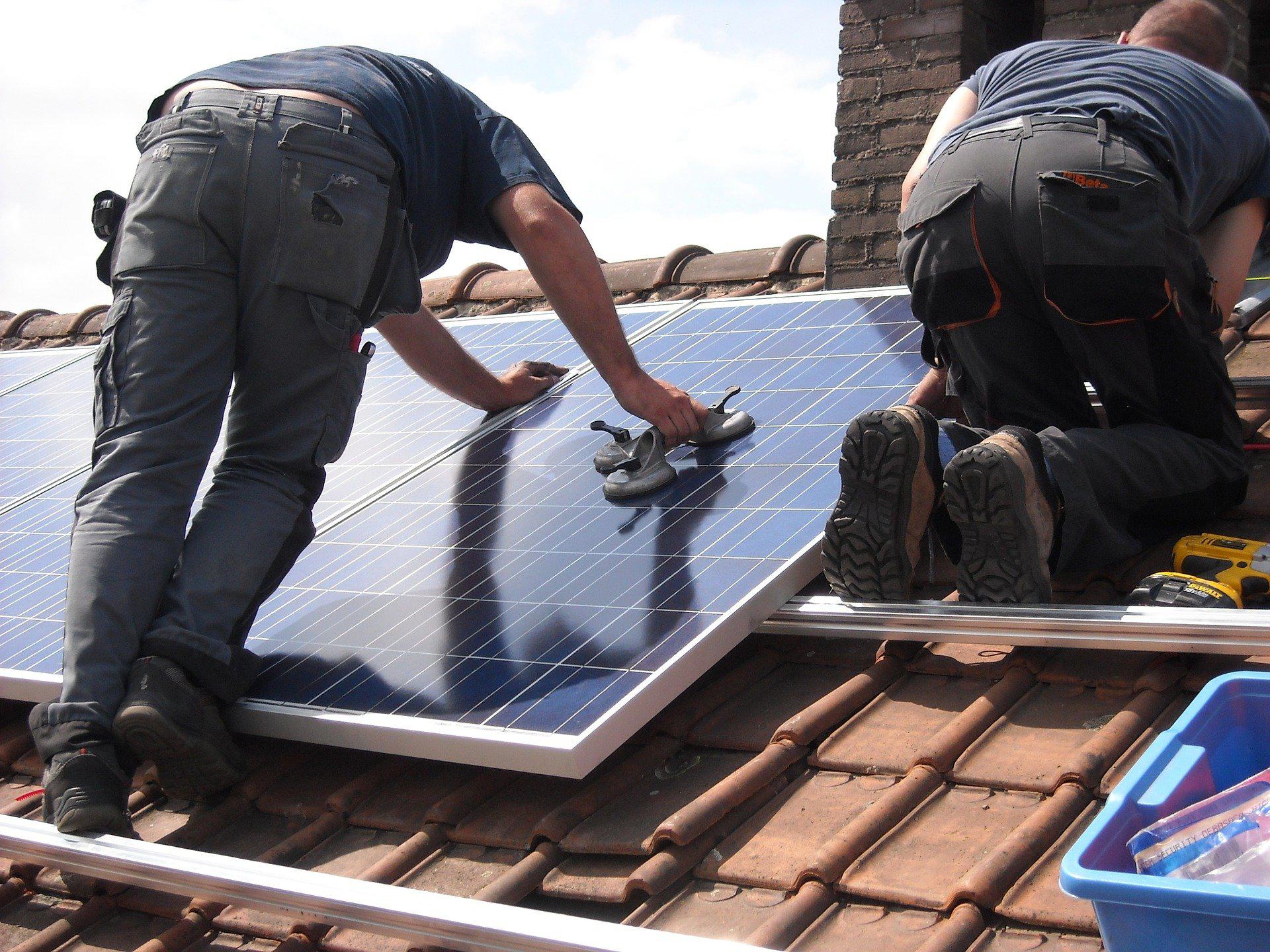High-quality solar panels are durable and will serve you reliably for decades if properly maintained. Once installed, solar panels just need regular cleaning and light touch-ups to keep them going. However, like all electrical appliances, solar systems are prone to wear and tear and may eventually need replacing or upgrading.
Sometimes it can be hard to justify investing in a solar upgrade. So, here are three telltale signs that your solar installation could do with some improvements:
If your solar panels are not reaching their threshold power output, it might be time to replace them with higher performance models. Track your system’s power output regularly to determine if the figures fall within the optimal range. To do this, record the voltage and wattage readings on the control console or measure these using a multimeter. Then compare your readings with the system’s nominal energy rating to see if you can spot a drop in power output.
On a bright sunny day, good solar panels should generate at least 80 percent of the rated power output. If the actual output goes too far below this mark, it could mean that your system needs an upgrade.
PV panels, inverters, and batteries naturally deteriorate with age. Over time, the panels themselves develop tiny cracks (microcracks) in the silicon solar cells. These microcracks weaken the electrical connections between cells, creating a current runaway effect. This gradually wears down the panel’s ability to convert solar energy into electricity. A comprehensive study spanning 40 years found that solar panels degrade at an average rate of between 0.5 and 0.8 percent per year. The batteries, inverters, and controllers can last anywhere between 10 and 15 years.
As one of the most reputable solar panel installers in Delaware, we only install quality solar panels with 25-year long-term warranties. Ideally, a solar panel should still retain about 90 percent efficiency by the end of its high-performance lifespan. If your panels are much older than their rated life expectancy, their performance might be much lower.
Another good reason to replace old solar panels is that the newer models are far more advanced. The latest arrays are compact, more efficient, aesthetically pleasing, and compatible with modern power controllers and monitors.
Solar panels are built to withstand harsh outdoor conditions. The delicate silicon cells sit on a hardened back sheet beneath a water-proof tempered glass cover, and the whole setup is held together by a rigid frame. Unfortunately, solar panels can still get damaged by bad weather (hailstorms, snow, heavy rain, and extreme winds) and falling debris.
Falling twigs or tree branches, hail, and sand particles blowing in the wind can sometimes puncture through the solar panel’s protective cover, allowing water to seep inside and damage the cells. Also, if a panel is not mounted correctly, heavy rain or snowfall could cause it to bend or break. Ironically, another common culprit behind solar panel damage is solar radiation. Repeated thermal cycles and UV exposure can degrade the cells on a molecular level. In extreme cases, radiation damage might show as discoloration or a change in texture on the panel's surface.
Physical damage on the panels negatively affects their power output. If left unchecked, damaged panels could stop working altogether.
If your solar energy system is not performing optimally or the power generated falls below your domestic or commercial power demands, it’s about time you upgraded to a better, newer system. Whichever the case, only hire a professional solar installation service to ensure the upgrade goes smoothly.
Star Enrg is your one-stop solar panel installation solution in Delaware. In addition to making upgrades, we also assess and optimize solar panel’s efficiency, service solar system warranties, and build custom solar systems for commercial and residential installations. Contact us to request a service or to learn more about what we do.
